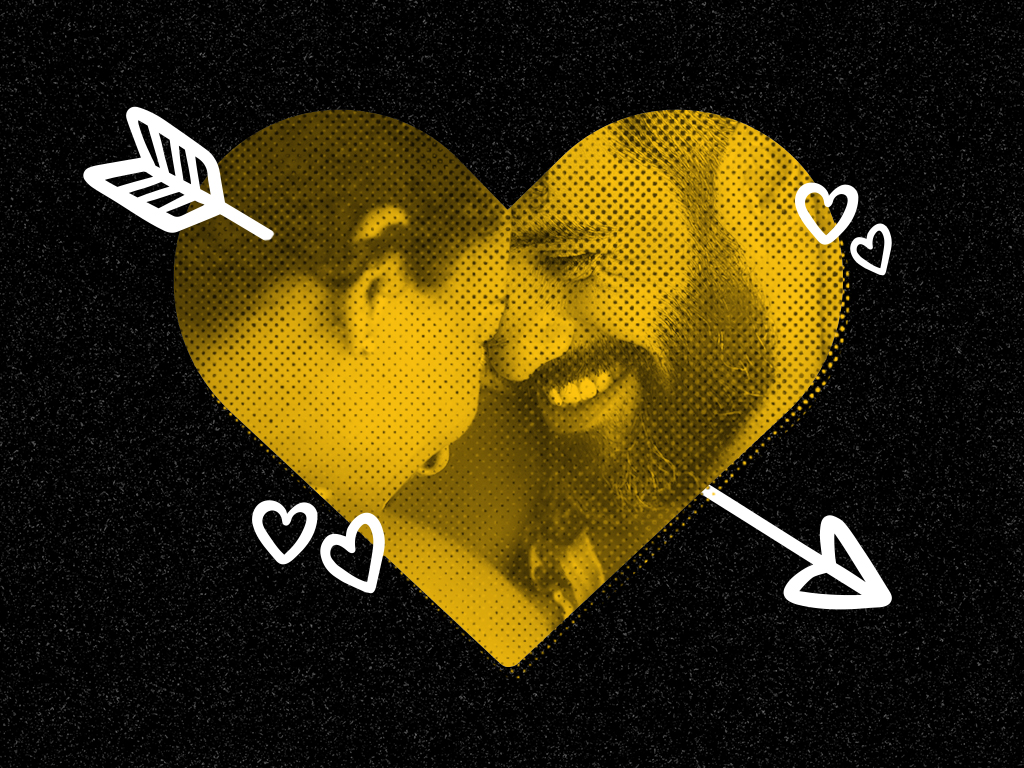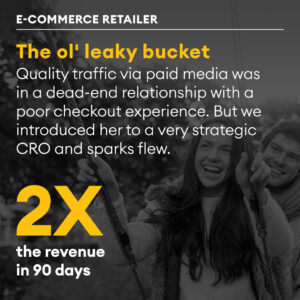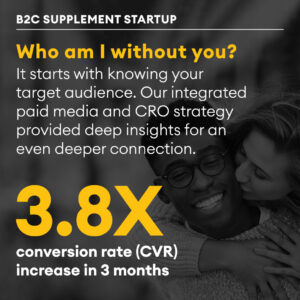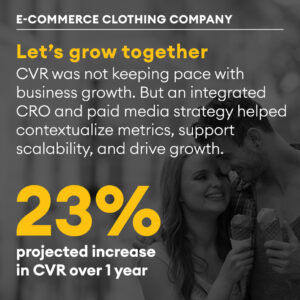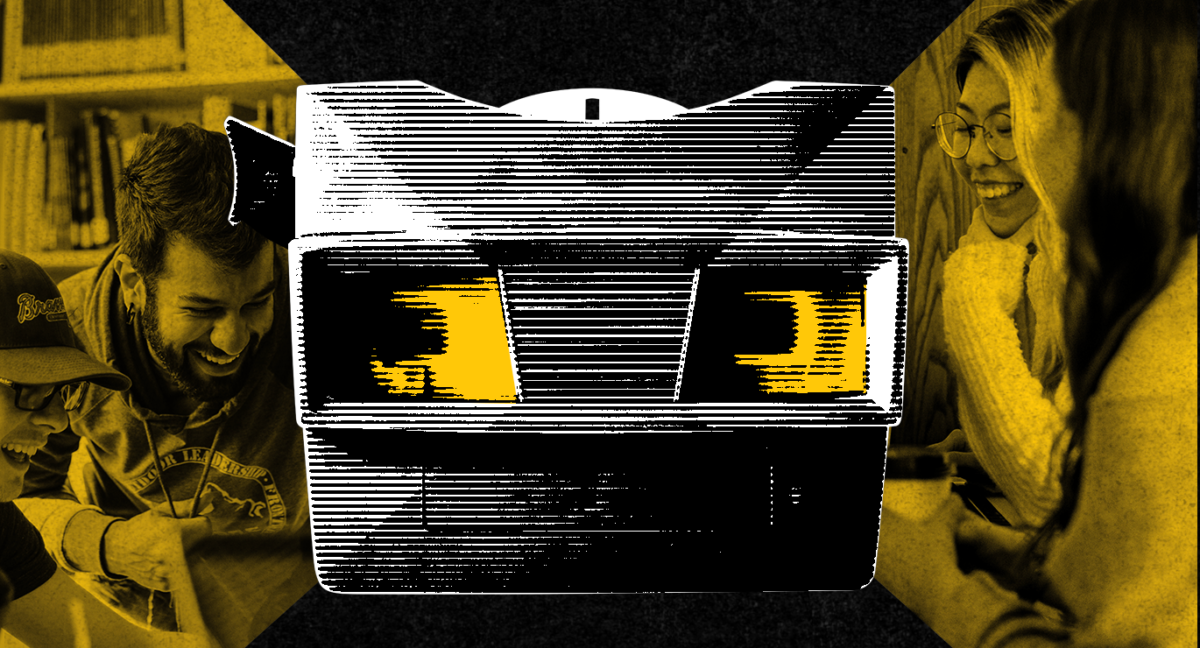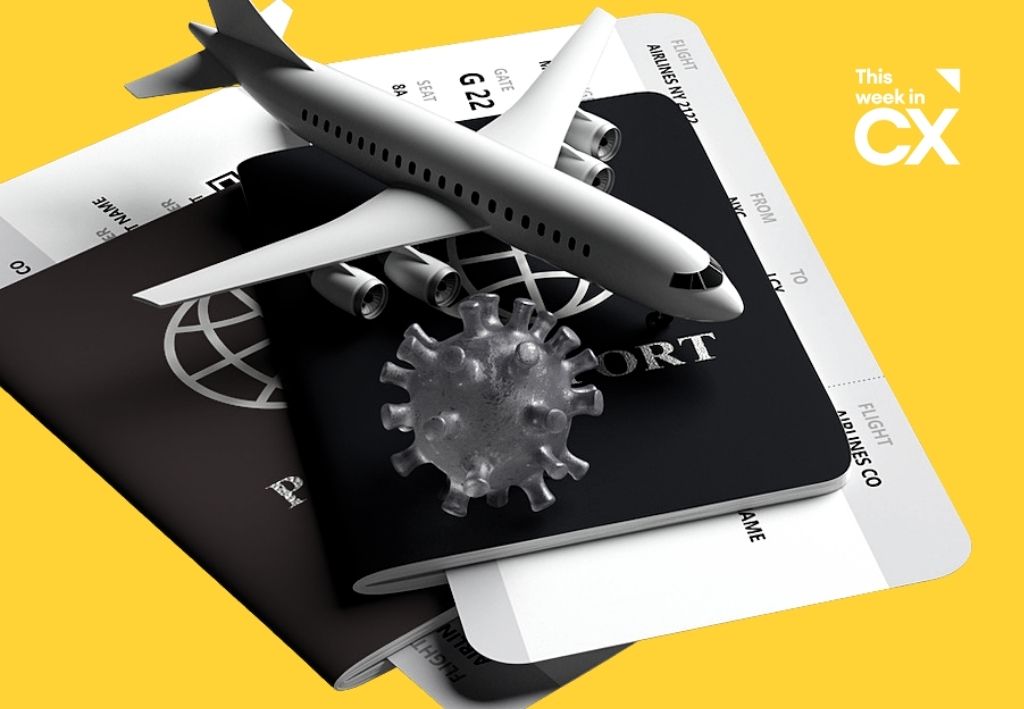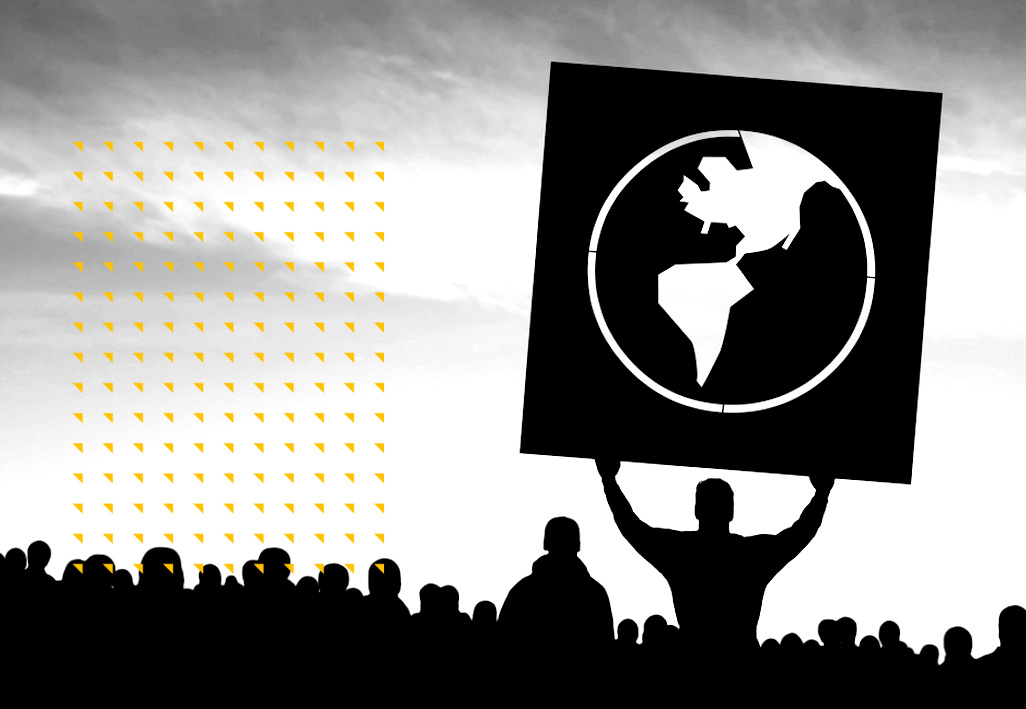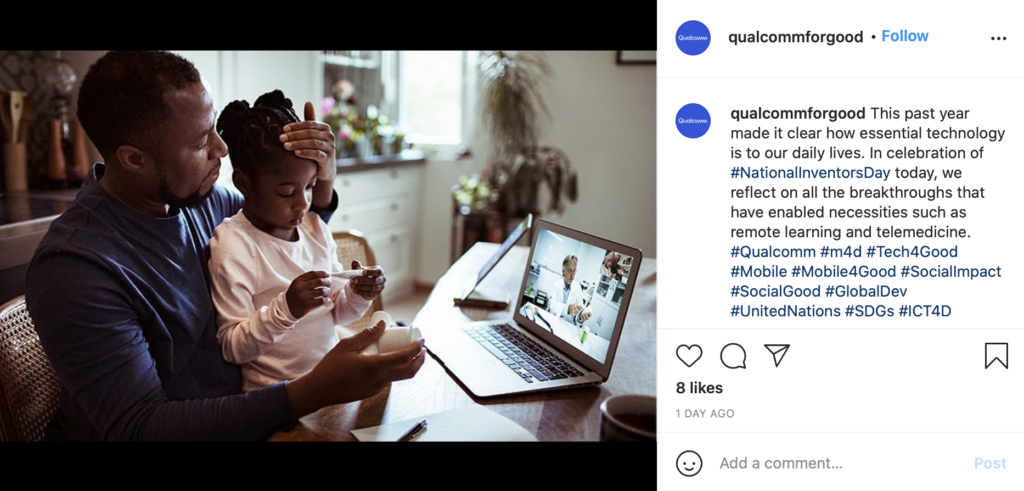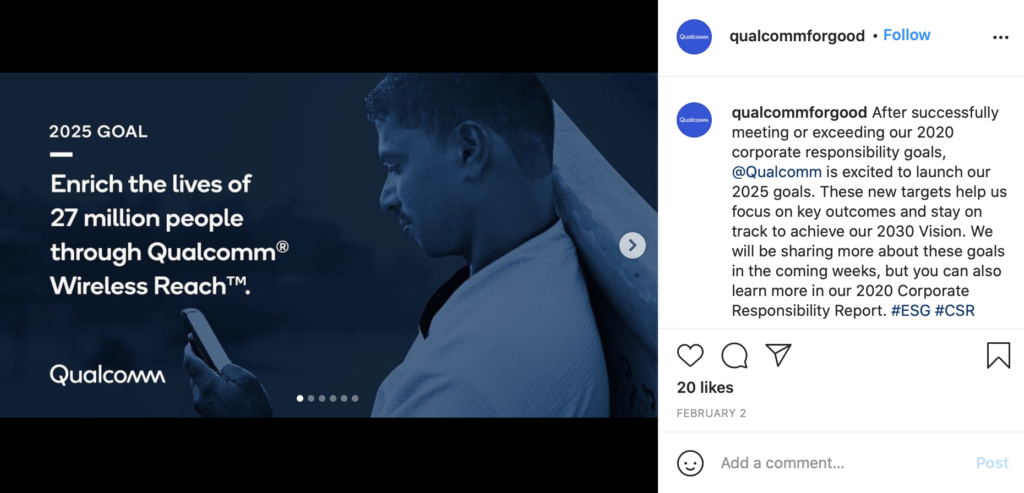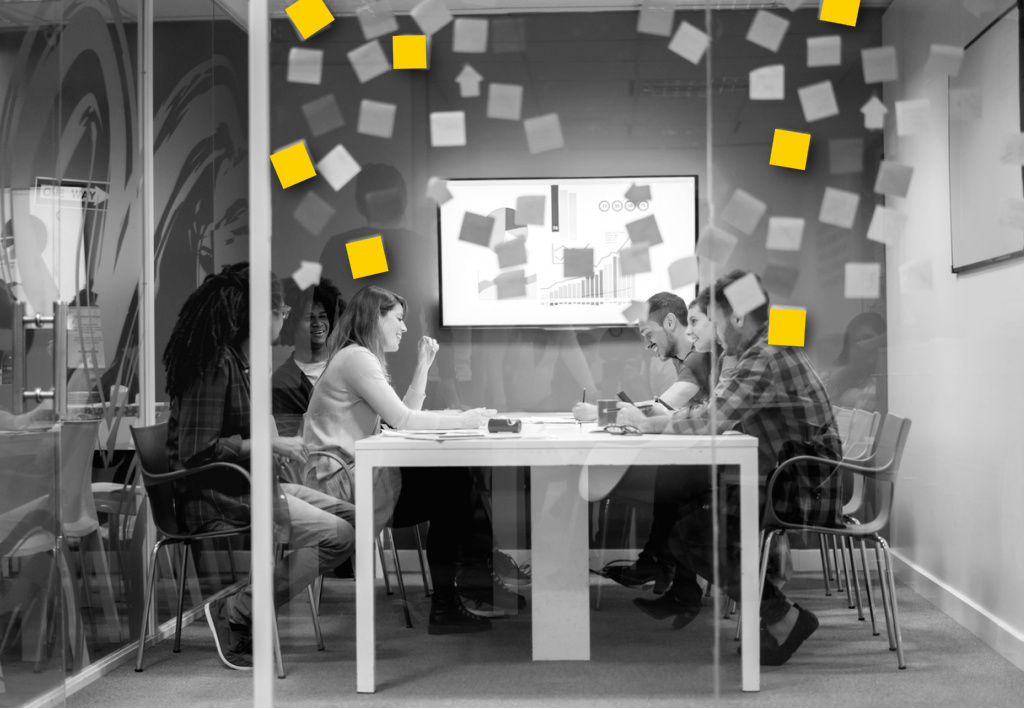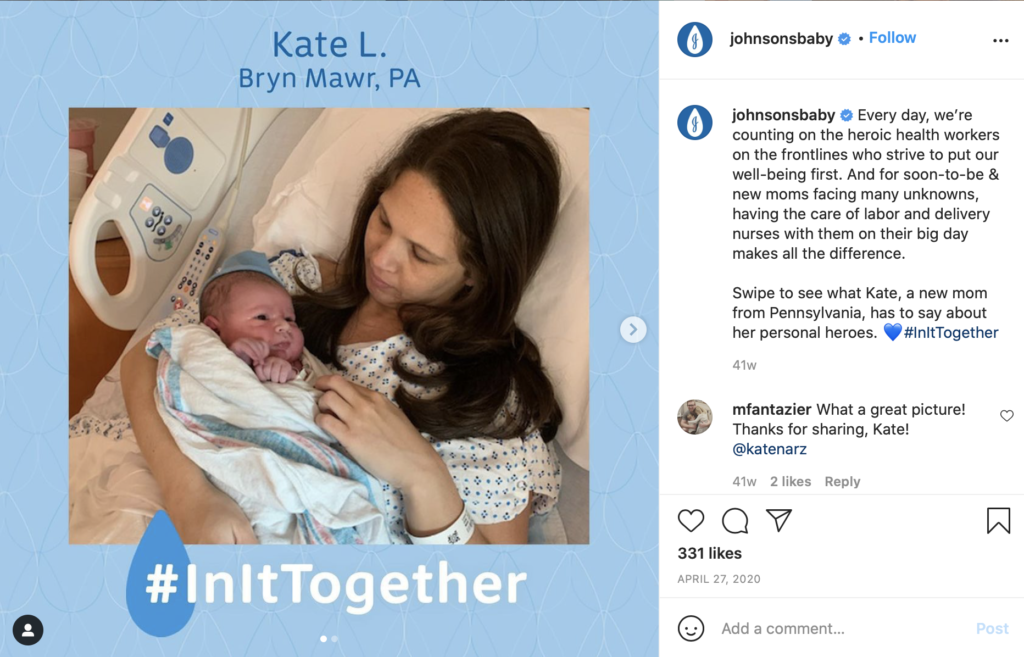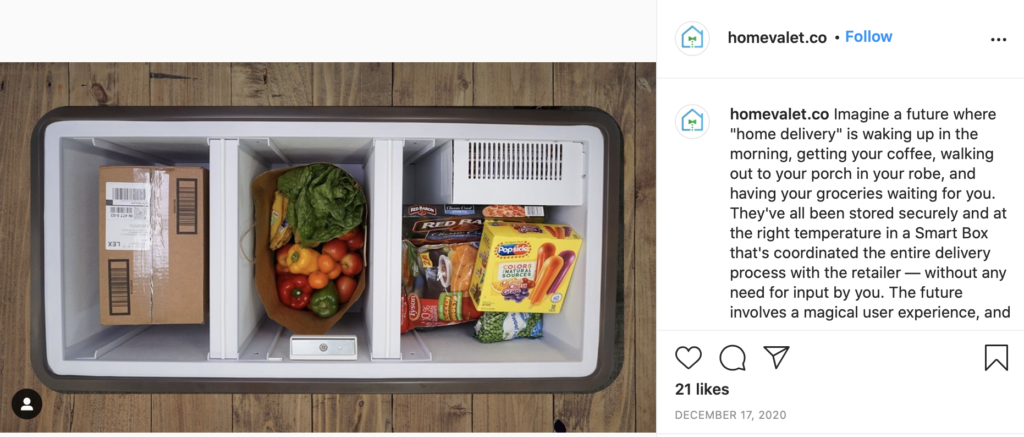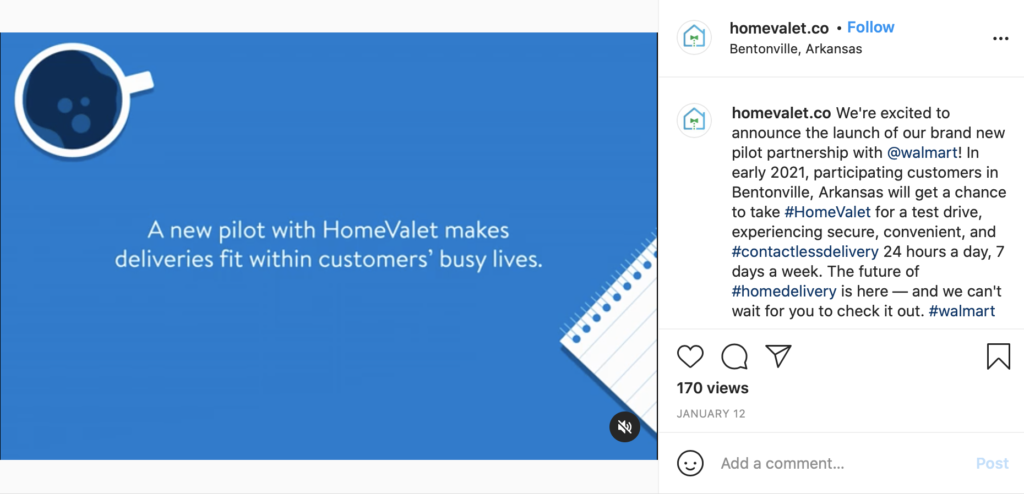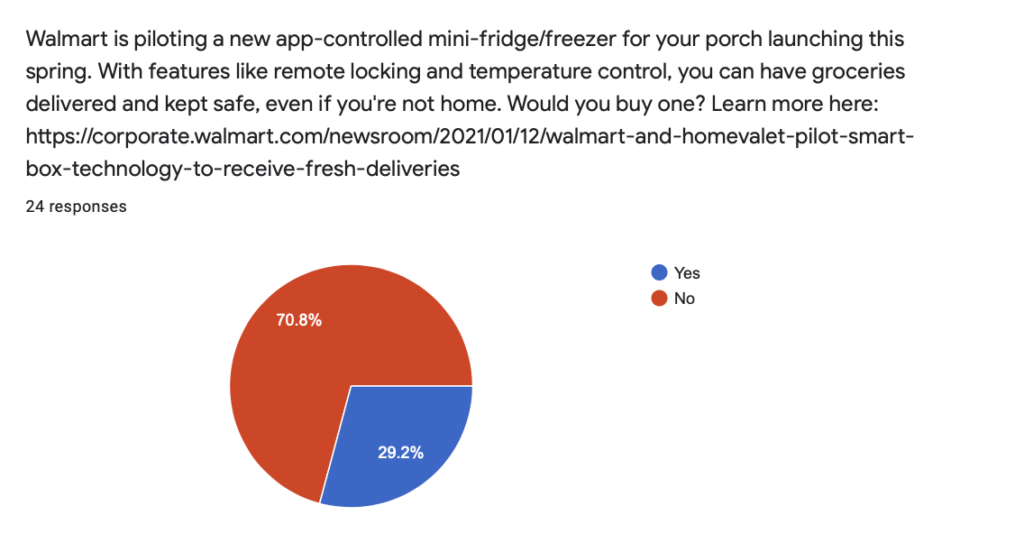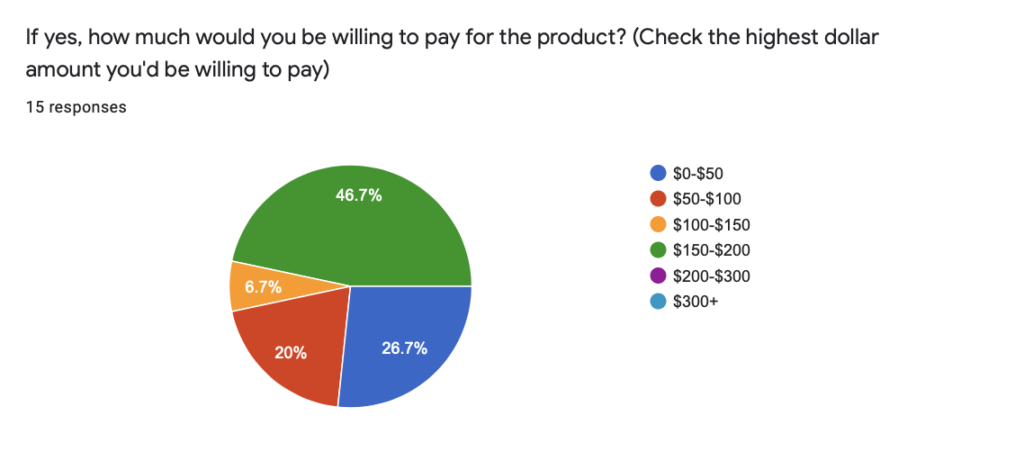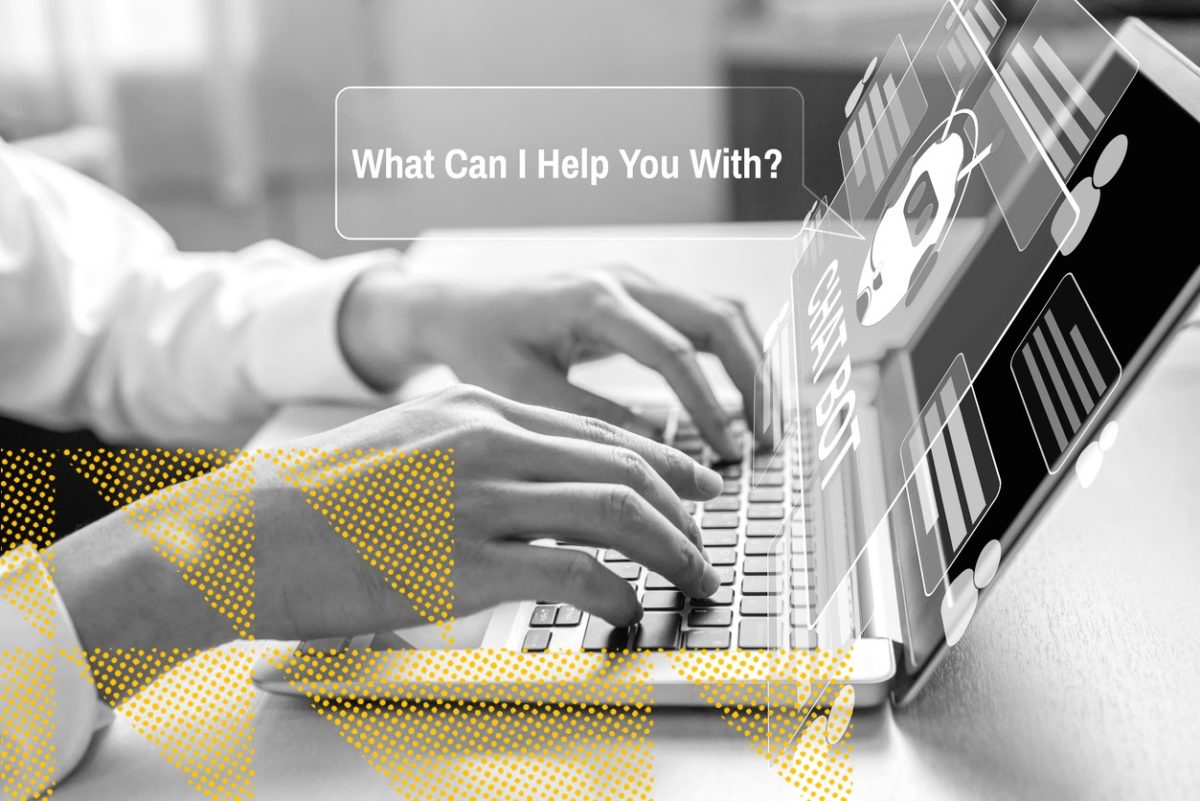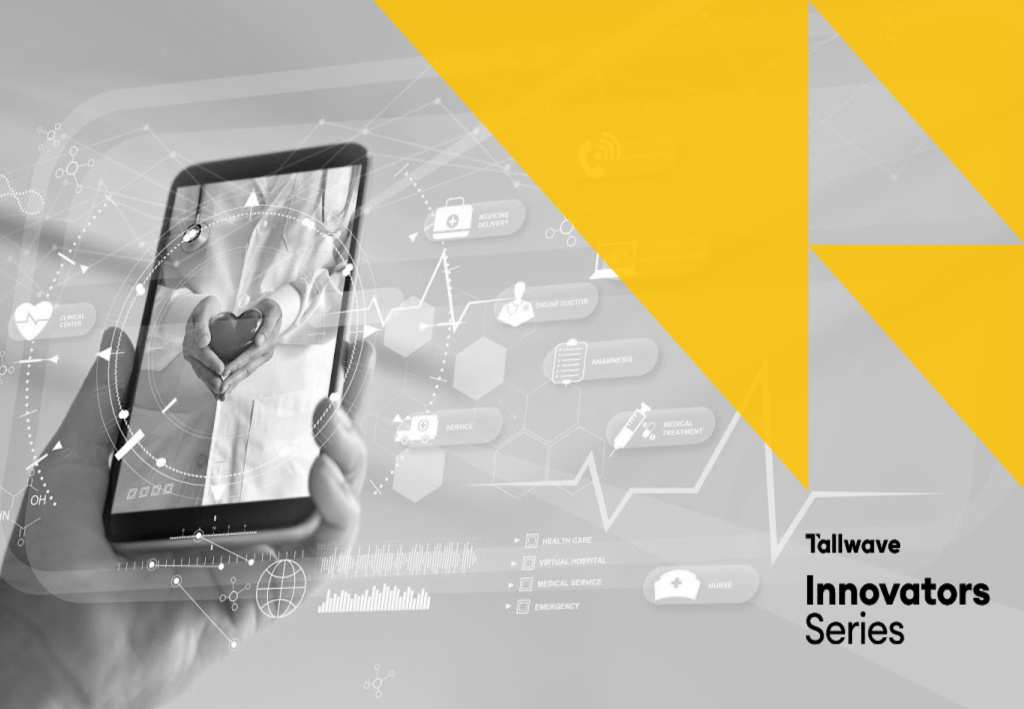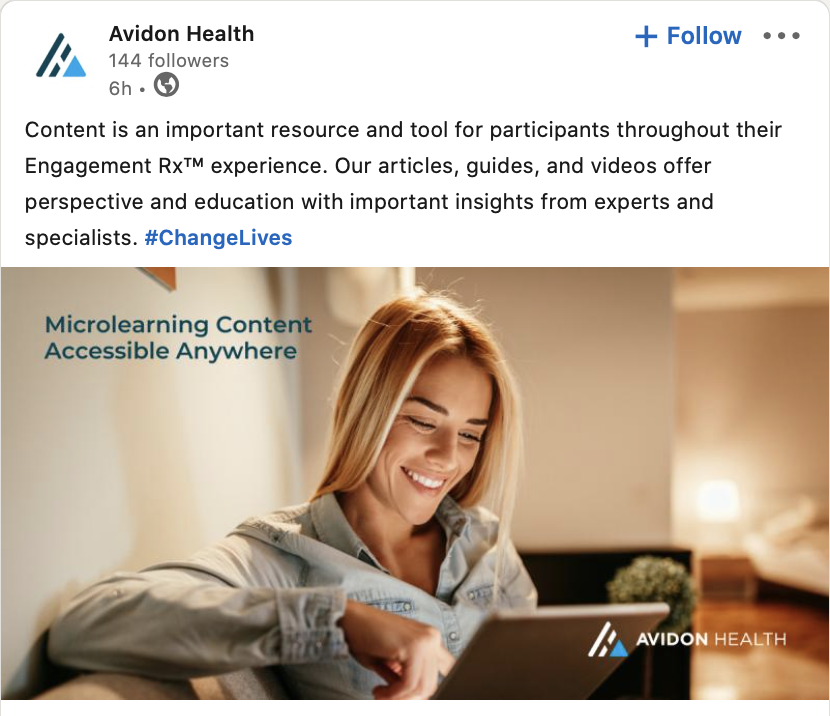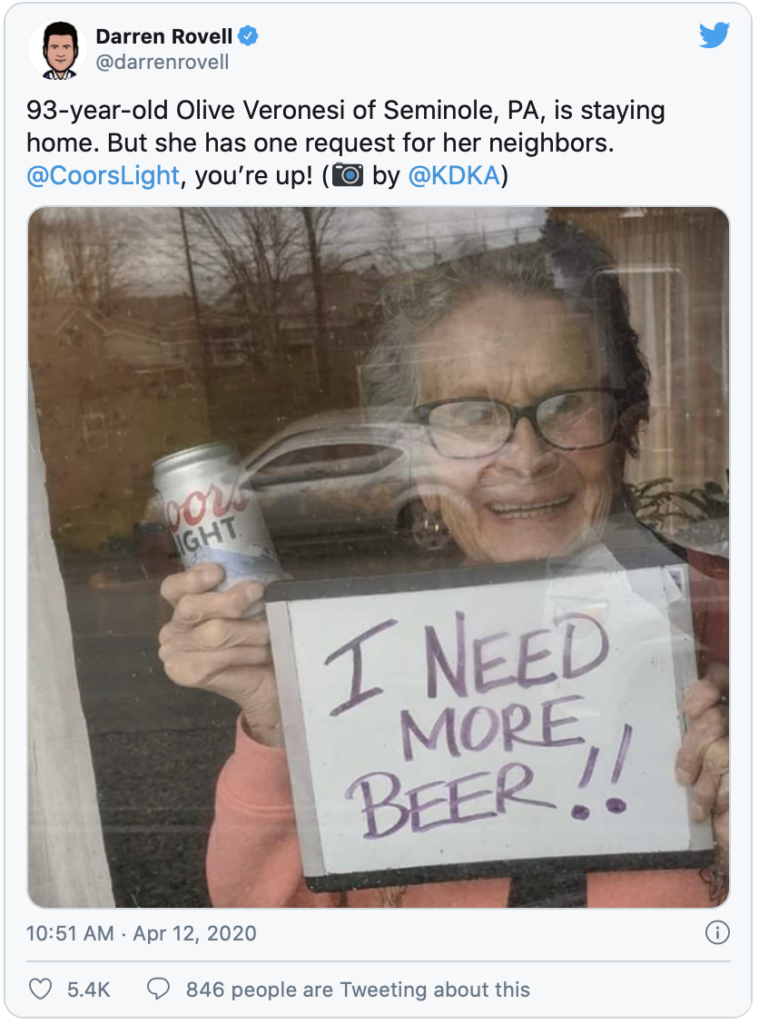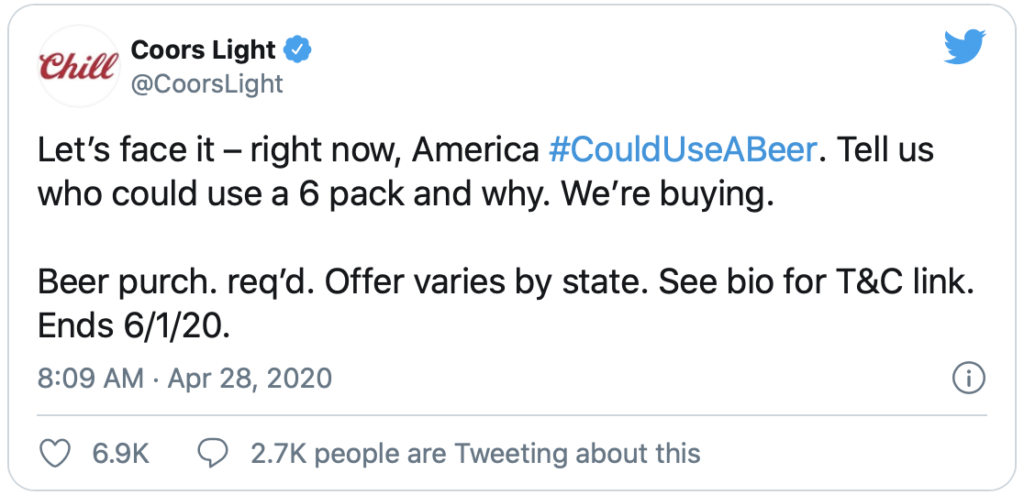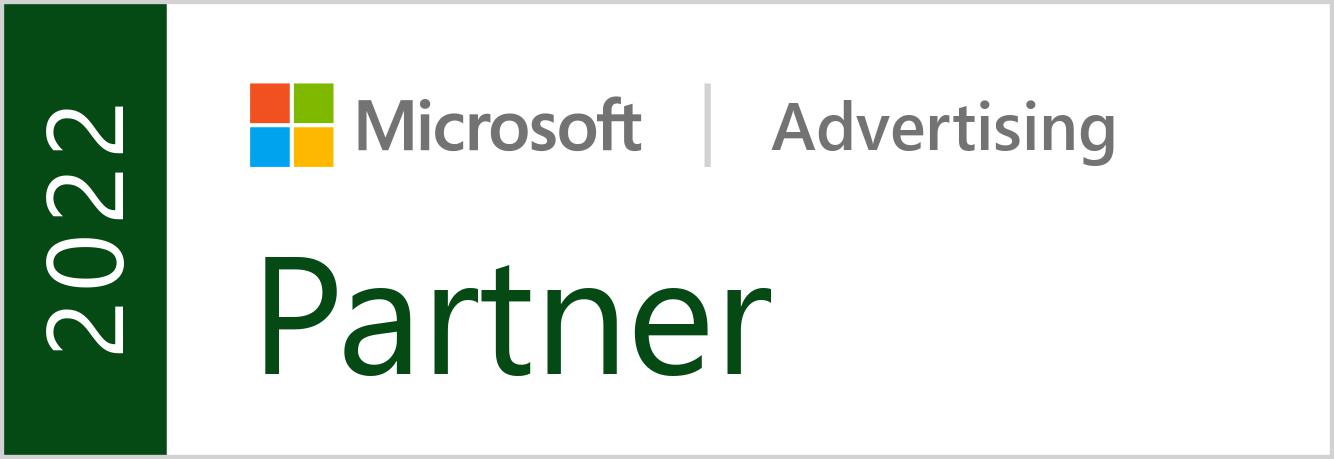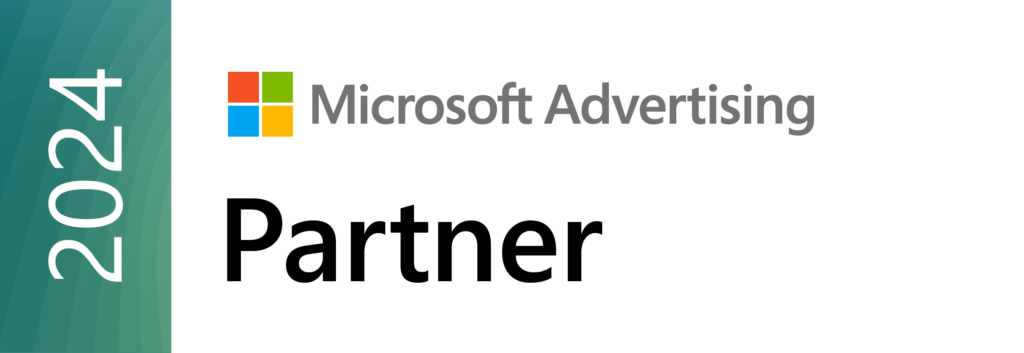Picture this, you’re executing a holistic paid media strategy, driving traffic to your website through a broad range of tactics like digital video, streaming audio, display, paid social, and paid search. Paid media is living the good life, racking up impressions, driving ad engagement, and generating some conversions along the way. But something is missing…
Conversion rate optimization (CRO) marketing, a strategic method of testing, iterating, and optimizing on-site functionality to improve the user experience and increase the rate of conversion (or high-value action), is sitting on the other side of town, pulling petals off a daisy, waiting to find a partner who can produce the quality traffic and insights it needs to really thrive. A partner to complete him…
Both paid media and CRO are integral parts of an efficient and effective marketing plan, but oftentimes are treated as independent tactics with little regard for one another. Much opportunity is missed by only running one of these programs or by running them in silos.
Integrate your paid media and CRO strategies and watch the sparks fly.
Two Lovable Leads: Paid Media & CRO
Our love story begins with two independent marketing tactics, paid media and CRO, living worlds apart (or perhaps just a siloed marketing team away), not realizing just how incomplete they are without one another. Existing as stand-alone tactics, paid media and CRO will generally (hopefully) produce positive results for their campaigns, but are limited in their respective abilities.
Most comprehensive marketing plans include paid media. It’s a great way to get in front of your target audience, build brand awareness, and drive traffic to your website. In fact, marketers typically spend up to 25% of their marketing budget on paid media.
That’s a huge investment!
But what happens when those prospective customers get to the website?
If they encounter a poor landing page experience, they may get lost trying to navigate through on-site information, they may abandon cart before finalizing a purchase, or — worse yet — they may just … bounce. A poor user experience on-site greatly reduces the chance for conversion, causing something of a leaky bucket situation, in which site visitors fall through before converting. And then all that time, money, and effort you spent trying to drive traffic to your site through paid media was… kind of a waste.
Since paid media success is often evaluated based on its ability to convert traffic, a poor landing page experience can be detrimental to a paid media campaign. To further amplify the pain felt here, paid media marketers often don’t have the ability to control the landing page experience, which can fuel frustration and drive misalignment between paid media tactics and performance. If only there were something that could help plug that leaky bucket….
Meanwhile, still hanging out on the other side of town, CRO is becoming a more popular tactic with marketers. More companies are investing in CRO strategy to identify and address weak areas on the website that may be impacting the user experience and actively working against the company’s goals. CRO allows marketers to systematically test various iterations of website functionality to determine which iterations are most impactful in weeding out points of friction and producing conversions (or any high-value action, like a lead form submission, an “add to cart,” a search query, etc.).
And CRO isn’t limited to just major points of conversion, like transactions and lead form submissions. It can also be applied to “micro-conversions,” or behaviors that sit just upstream of the point of conversion, such as product page views, in an effort to address the larger user journey.
But CRO only works if enough quality traffic is being driven to the website to run tests that yield statistically significant results.
The Meet Cute: Where Two Digital Marketing Strategies Come Together
So paid media and CRO might get along just fine on their own, but bring them together …

FIREWORKS!
By running these two tactics in tandem, always-on paid media ensures enough traffic is flowing to the website for the CRO team to run impactful and efficient tests. In addition to traffic volume, a strong paid media plan will also help ensure that quality traffic is being driven to the site, which is crucial for producing meaningful CRO test results. The more qualified traffic coming to site, the quicker CRO tests can produce data-driven insights, the quicker actions can be taken to make UX improvements on-site, and the quicker you’ll see a lift in conversions.
Likewise, an active CRO strategy helps ensure that users who come to the website through paid media efforts can seamlessly work their way through the conversion path. An investment in CRO helps protect your paid media investment by keeping visitors on-site and increasing their likelihood of converting, which in turn boosts important KPIs like conversion rate and return on ad spend.
Building Butterflies: 1 + 1 = 3
But here’s where the real magic happens.
By running these two tactics as part of one integrated strategy, you now have a constant flow of data between the two. And data, as we all know, is king. Paid media insights can help the CRO team better understand who the target audience is. Knowing who is engaging with ads can help establish tests for how best to connect to those audiences on site. Learnings from CRO tests may impact paid media channels, placements, targeting, and creative recommendations. The constant flow of learnings between teams will increase the ability for both teams to identify tests, optimize features, and effectively connect with the target audience. And, perhaps most importantly, when CRO and paid media come together, they create a more seamless brand experience that is felt by the user.
Through an effective paid media and CRO relationship, messaging, creative design, and paid media placement will feel cohesive when a prospective customer clicks through an ad to the website, rather than feeling like two separate experiences. Leveraging paid media and CRO together makes marketing plans more effective and marketing budgets more efficient.
No love story is complete without a montage!
The Lightbulb Moment: Recognizing the Need for a Paid Media & CRO Relationship
So how do you know when you might benefit from an integrated paid media and CRO strategy?
The following indicators suggest that your paid media traffic is being met with a poor user experience on-site and is in need of CRO:
- Paid media traffic has a bounce rate over 80%
- Paid media traffic is spending a lot of time on-site and/or visiting many pages on-site, but isn’t taking any high-value actions
- Paid media users begin the conversion process (E.g., adding an item to cart), but ultimately do not convert (E.g., complete purchase)
The following indicators suggest that your CRO marketing program is in need of more qualified traffic via a new or improved paid media plan:
- Not enough traffic to produce statistically significant test results in a reasonable amount of time
- Poor quality of leads (suggesting that the wrong audience is engaging on-site)
Running paid media or CRO alone is beneficial for your marketing program. Running both paid media and CRO is even better. Running paid media and CRO as part of an integrated, seamless strategy with data as a driving force… that’s a love story for the ages.
You Complete Me
Tallwave is ready to play matchmaker when it comes to marrying paid media and CRO marketing. We’ve helped many clients find success.
Interested to know how Tallwave can help you implement an impactful paid media and CRO strategy? Let’s talk!

